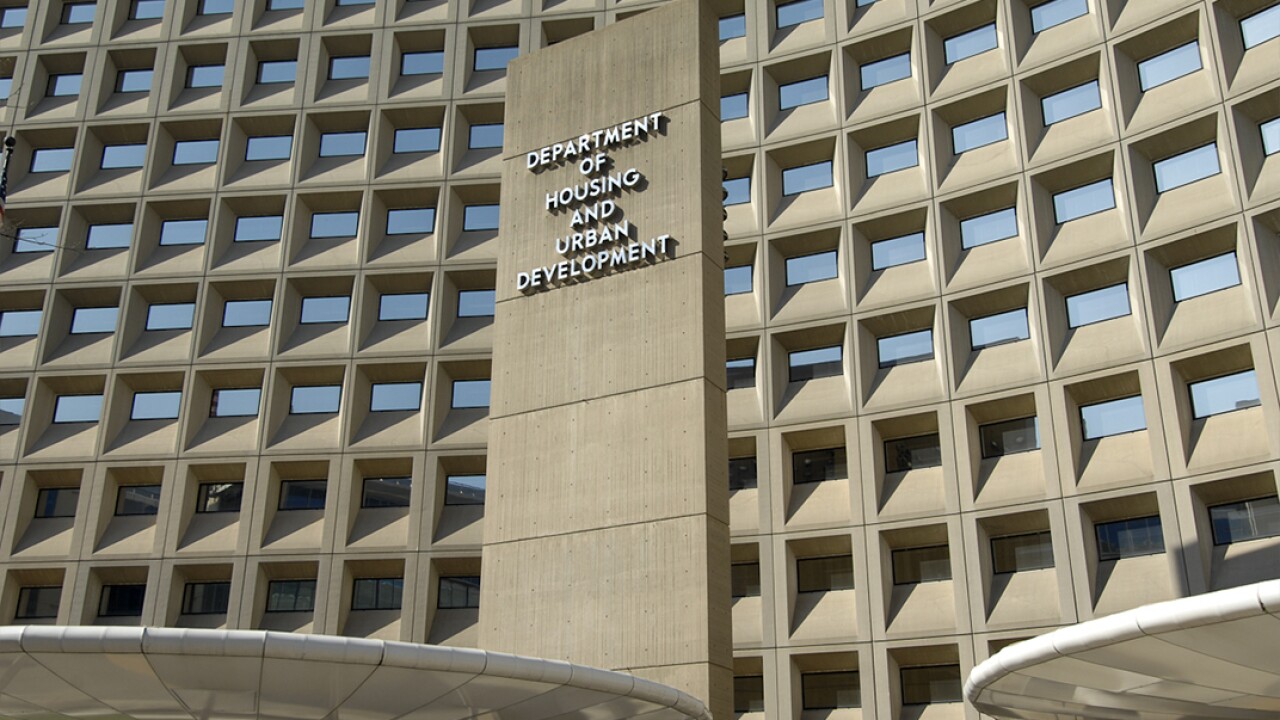Purchases of previously owned homes in the U.S. declined in February to the lowest level since July 2012, a sign the industry may be slow to recover.
Contract closings on existing properties fell 0.4% to a 4.6 million annual rate, matching the median projection in a Bloomberg survey, figures from the National Association of Realtors showed Thursday in Washington. Prices rose 9.1% from a year earlier, the group said.
The slowdown in housing since the middle of last year reflects a pickup in borrowing costs, declining affordability, limited job growth and, more recently, bad weather. At the same time,
“It may take some time to get sales back on track after the weather effect,” Tom Simons, an economist at Jefferies LLC in New York, said before the report. “Home sales will keep growing this year though maybe not at the pace we saw last year. Rising mortgage rates are a modest negative for demand.”
Estimates in the Bloomberg survey of economists ranged from 4.5 million to 4.76 million. The prior month’s pace was unrevised at 4.62 million.
Another report Thursday showed the number of Americans filing applications for unemployment benefits held last week near the lowest level in almost four months, a sign the labor market continues to strengthen. Jobless claims increased by 5,000 to 320,000 in the week ended March 15.
The median price of an existing home rose from February 2013, to $189,000, today’s report showed. Sales of home priced $250,000 and less declined, while those selling for more increased.
First-time buyers accounted for 28% of all purchases in February, up from a 26% in January that was the lowest in data going back to October 2008.
Compared with a year earlier, purchases decreased 6.9% on an unadjusted basis.
The number of previously owned homes on the market rose 6.4% to 2 million. At the current sales pace, it would take 5.2 months to sell those houses, the highest since April 2013, compared with 4.9 months at the end of the prior month. Less than a five months’ supply is considered a tight market, the Realtors group has said.
Sales of existing single-family homes decreased 0.2% to an annual rate of 4.04 million. Purchases of multifamily properties—including condominiums and townhouses—fell 1.8% to a 560,000 pace.
Purchases declined in two of four regions, led by an 11.3% drop in the Northeast. Sales rose in the South and West.
Of all purchases, cash transactions accounted for about 35%, the report showed.
Distressed sales, comprised of foreclosures and short sales, in which the lender agrees to a transaction for less than the balance of the mortgage, accounted for 16% of the total.
“Prices are rising much faster than people’s incomes,” Lawrence Yun, NAR chief economist, said at a news conference today as the figures were released. “The biggest factor is affordability,” faster job growth can help alleviate, he said.
Existing-home sales, tabulated when a purchase contract closes, have recovered from a 13-year low of 4.11 million in 2008, three years after a record 7.08 million houses were sold in 2005. Still, higher prices and borrowing costs have put properties out of reach for some Americans, helping explain a slowdown in sales since July.
Colder weather and snowstorms in parts of the U.S. have made it difficult to gauge the true health of housing and other indicators such as retail sales and manufacturing. February ended with its coldest final week since 2003, according to Berwyn, Pennsylvania-based weather data provider Planalytics Inc. The second week of the month was the snowiest such period since 2007.
Other data have shown new projects have been slow to get under way because of the bad conditions, also depressing builder sentiment. Housing starts were little changed in February at a 907,000 annualized rate, Commerce Department data showed this week. In November, new construction was running at a 1.1 million pace.
The National Association of Home Builders/Wells Fargo index of builder confidence rose less than forecast in March.
Warmer temperatures may revive construction in coming months, and some companies are more upbeat. Among those is Hovnanian Enterprises Inc., New Jersey’s largest homebuilder.
“We believe this is a temporary pause in the industry’s recovery,” CEO Ara Hovnanian said in a statement on March 5. “Based on the level of housing starts across the country, we continue to believe the homebuilding industry is still in the early stages of recovery.”
KB Home, a builder primarily focused on first-time buyers, Wednesday reported a fiscal first-quarter profit that beat analysts’ estimates as revenue and prices soared.
Fed policy makers Wednesday gave themselves room to keep borrowing costs low at least until next year by dropping a linkage between the benchmark interest rate and a specific level of unemployment. The central bank also reduced the monthly pace of bond purchases by $10 billion, to $55 billion.
“Growth in economic activity slowed during the winter months, in part reflecting adverse weather conditions,” the Federal Open Market Committee said in a statement after its two-day meeting. Even so, “there is sufficient underlying strength in the broader economy to support ongoing improvement in labor- market conditions.”
Policy makers also said that the recovery in housing is still slow. That may give way to a pickup as more people take advantage of historically low borrowing costs.
“There’s a lot of demographic potential there for new household formation that would ultimately generate new construction,” Yellen said during a news conference after the policy meeting. “And the level of rates I think does matter, and the fact that they’re low now is something that should serve as a stimulus to people coming back into the housing market.”





